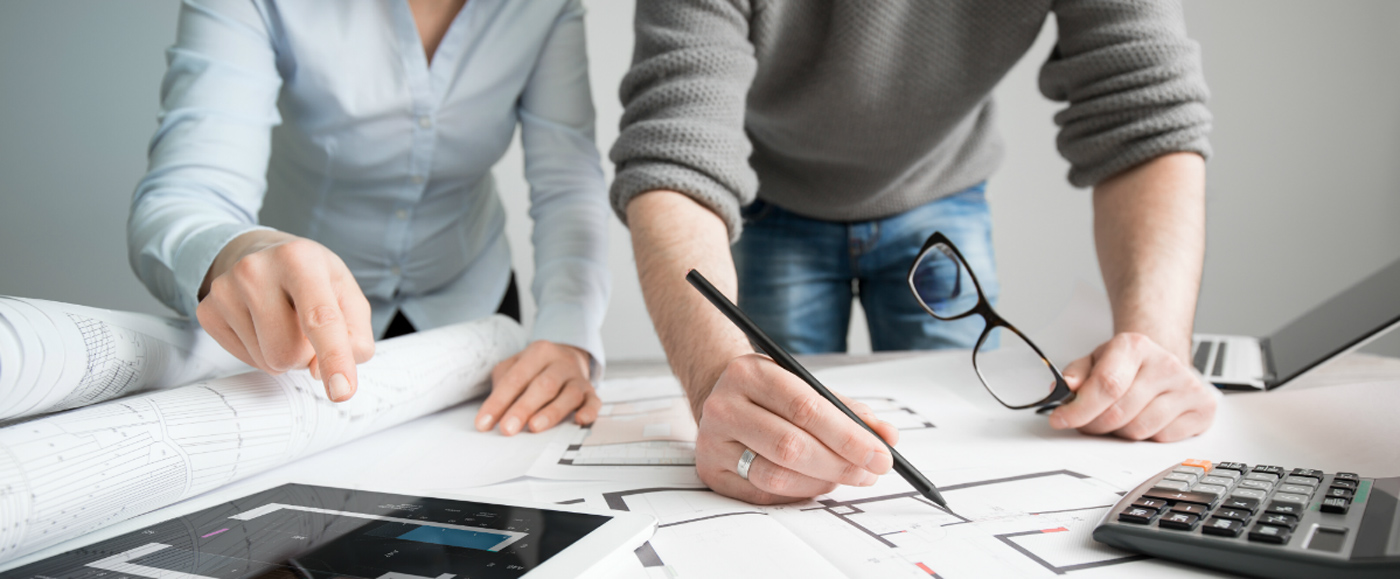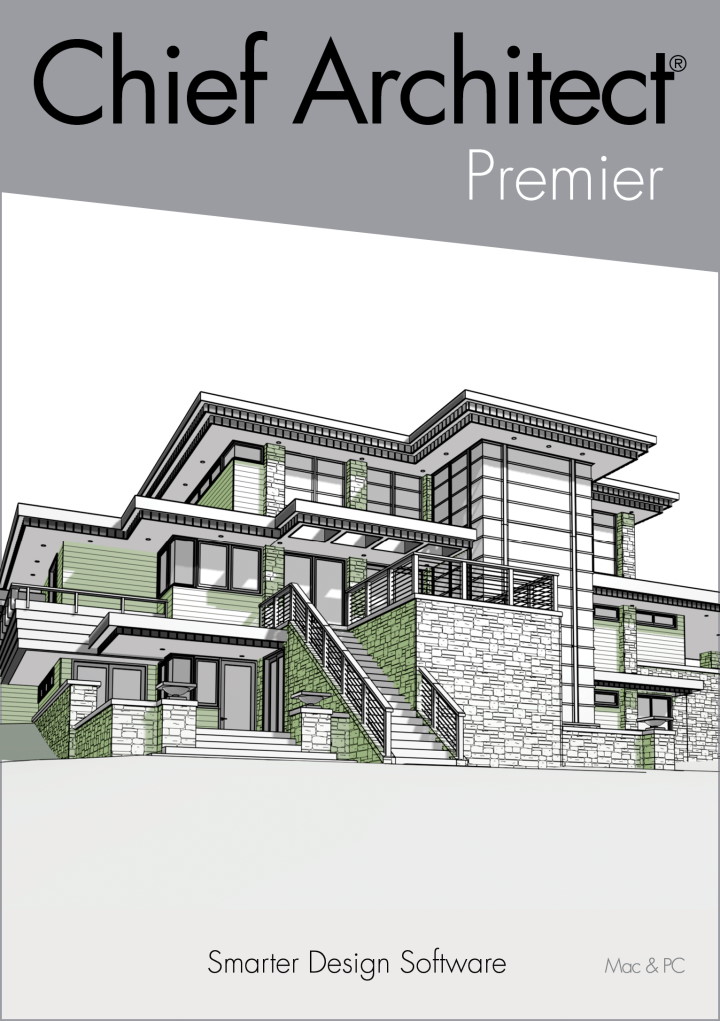Comprehending the Diverse Profession Paths Available for Aspiring Architect
As an ambitious Architect, you have a world of profession courses waiting for you. Whether you're attracted to traditional style or the subtleties of lasting design, there's a specific niche that aligns with your passions.
Typical Style: Creating Structures and structures
Traditional design focuses on developing structures and structures that mix performance with aesthetic allure. Your styles can show social heritage, showcasing regional traditions while fulfilling modern demands.
You'll develop abilities in drafting, model-making, and website evaluation, permitting you to envision and communicate your ideas successfully. Engaging with clients, you'll need to understand their vision and convert it into viable layouts.
In addition, developing codes and sustainability practices are crucial in your job, guaranteeing your frameworks are environmentally pleasant and secure. As you grow in your career, you'll find chances in household, business, or perhaps restoration projects, each offering distinct difficulties. Embracing typical design leads the way for a meeting occupation that admires the past while forming the future.
Urban Planning: Forming Areas and Public Spaces
As an aspiring Architect, you can play an important role as an urban organizer, changing exactly how communities operate and communicate. By using community interaction strategies, you'll guarantee that homeowners have a voice fit their setting. Plus, integrating sustainable style principles will help create rooms that not only satisfy today's needs yet additionally secure the future.
Duty of Urban Planners
While many might think about designers as the single enthusiasts behind structures, urban organizers play a crucial duty in forming the more comprehensive landscape of neighborhoods and public areas. They analyze land use, zoning legislations, and area requires to create lasting environments that boost lifestyle. By teaming up with various stakeholders, you'll help design parks, transportation systems, and houses that promote social interaction and availability. Urban coordinators additionally concentrate on ecological considerations, making sure that developments integrate eco-friendly areas and support biodiversity. Your competence in spatial style and community dynamics enables you to visualize future growth while maintaining cultural heritage. In this important role, you'll directly influence exactly how individuals experience their environments, making every task an opportunity for favorable adjustment.
Area Engagement Techniques
Effective area interaction methods are essential for city organizers to assure that the voices of citizens are heard and valued in the planning process. To cultivate purposeful dialogue, you must prioritize open online forums and workshops where community participants can express their concepts and concerns. Use studies and social networks to reach a broader audience, guaranteeing diverse point of views are consisted of. Collaborating with neighborhood companies can enhance trust and assist in deeper links. It is necessary to supply clear info concerning decision-making procedures and proposed jobs, allowing citizens to feel educated and encouraged. By proactively paying attention and incorporating responses, you'll create areas that mirror the community's requirements, inevitably bring about even more successful and lasting city environments. Accept openness and continuous dialogue for long-term impact.
Lasting Layout Principles
When designing urban areas, incorporating lasting style concepts is critical for creating settings that prosper both environmentally and socially. You need to start by concentrating on power performance, making use of products that decrease waste and promote recycling. Think about integrating eco-friendly spaces, like parks and yards, to enhance biodiversity and boost air top quality. Promoting walkability and public transport can reduce reliance on vehicles, promoting a healthier community.
Designing with water preservation in mind is likewise key-- assume regarding rainfall gardens and absorptive surfaces to take care of stormwater. Including neighborhood participants throughout the planning process guarantees that the areas you create fulfill their needs and encourage social communication. By embracing these concepts, you'll contribute to lively, sustainable city landscapes that benefit everyone.

Landscape Architecture: Developing Lasting Outside Atmospheres
As you check out landscape architecture, you'll uncover crucial style principles that develop beautiful and useful outside spaces. Sustainable practices play a crucial role in making sure these settings flourish while decreasing ecological impact. Plus, you'll find a selection of profession chances that allow you to make an actual distinction in how individuals communicate with nature.
Layout Principles in Landscape
Understanding style concepts in landscape style is essential for producing lasting outside settings that harmonize with nature. You'll need to contemplate components like scale, balance, and proportion to assure your designs feel cohesive and welcoming. Incorporating native plants not just enhances biodiversity however additionally decreases water use, making your landscape resilient. Believe regarding the circulation of area and just how people communicate with it; paths and seating locations should invite exploration and relaxation. In great post to read addition, take note of seasonal adjustments, designing with materials that match the environments year-round (Architect). By focusing on sustainability and looks, you can create outdoor areas that enhance the area and promote wellness. Embracing these concepts will certainly set a solid foundation for your profession in landscape design.
Lasting Practices Review
Lasting methods in landscape style not only focus on visual appeals however additionally prioritize environmental wellness and source conservation. You view it can make spaces that promote dirt wellness, such as using organic products and practicing permaculture principles. Eventually, these methods assure your layouts benefit both people and the atmosphere for years to come.
Job Opportunities Expedition
With a solid structure in sustainable practices, landscape style uses a selection of job courses that allow you to make a meaningful effect on the environment. Urban organizers usually work together with landscape architects to develop eco-friendly spaces in metropolitan setups, boosting city livability. If you're passionate about education and learning, take into consideration becoming a landscape architecture teacher, inspiring future generations.
Sustainable Design: Concentrating On Eco-Friendly Practices
As you explore your occupation in architecture, welcoming environmentally friendly techniques can set you apart in an affordable field. Lasting design concentrates on producing buildings that decrease environmental impact while enhancing resident health. By incorporating eco-friendly materials, energy-efficient systems, and sustainable building strategies, you'll add to a greener future.
Begin by gaining understanding of green qualifications like LEED or BREEAM, which can reinforce your qualifications. Take into consideration just how natural light, air flow, and thermal performance can optimize design. Work together with engineers and environmental professionals to innovate services that minimize waste and preserve sources.
Don't fail to remember the relevance of area involvement-- interesting neighborhood stakeholders can inspire designs that harmonize with the atmosphere. As clients increasingly focus on sustainability, your proficiency in environment-friendly techniques will certainly not just attract jobs however likewise meet your interest for liable architecture. Embrace this important element of the occupation, and enjoy your occupation grow.
Historical Conservation: Shielding and Recovering Social Heritage
While you start on your building trip, take into consideration the essential role of historical conservation in keeping our social heritage. This area concentrates on the security and remediation of significant buildings, sites, and structures that inform the tales of our past. By taking part in historic preservation, you'll assist guard the building legacy that shapes community identity.
As a historic preservation Architect, you'll examine historical value and analyze the condition of frameworks. You'll function closely with chroniclers and guardians to guarantee genuine repair techniques are used. This occupation path enables you to blend creative thinking with study, allowing you to develop remedies that appreciate initial materials and workmanship.
Your job not only adds to sustainability by reusing existing structures yet likewise fosters a feeling of satisfaction within neighborhoods. Welcoming this path will certainly help you end up being a guardian of background, preserving the tales and aesthetic appeals that improve our lives.
Interior Architecture: Enhancing Indoor Spaces
Historical conservation and interior design both share a dedication to enhancing the built setting, but they concentrate on various aspects. While historic preservation highlights preserving a framework's historic and social value, interior architecture zeroes in on maximizing indoor spaces for performance and aesthetics.
As a hopeful Architect, you'll find that interior style enables you to blend creative thinking with technological abilities. You'll develop rooms that not only look great yet also promote convenience and performance. This area involves comprehending exactly how light, shade, and products engage within a space, affecting mood and functionality.
You'll work with different jobs, from property homes to commercial offices, making sure that each atmosphere fulfills the demands of its owners. By prioritizing user experience, you can home transform interiors right into useful and motivating areas, making a considerable effect on how people interact with their surroundings. Welcome the possibility to improve interior settings and form the method people function and live.
Industrial Style: Combining Performance With Appearances
Commercial style plays a vital function in producing products that seamlessly blend aesthetics with capability, making sure that what you make use of everyday is not only aesthetically enticing however additionally sensible. As an ambitious Architect, you can involve yourself in this field, concentrating on developing everything from furnishings to consumer electronics. Your job involves recognizing individual needs, products, and making procedures, allowing you to produce innovative remedies that enhance day-to-day experiences.
In industrial design, you'll commonly team up with marketers, designers, and manufacturers, making certain that your styles are not only stunning yet also possible. This career path provides a dynamic setting where imagination satisfies functionality, making it a gratifying choice for engineers interested in forming the products of tomorrow.
Frequently Asked Inquiries
What Educational Certifications Do I Required to End Up Being a Designer?
To become an engineer, you'll require a professional level in design, normally a Bachelor's or Master's. Furthermore, you'll have to finish a teaching fellowship and pass the Architect Registration Exam to exercise legally.
Exist Accreditation Demands for Different Building Occupation Paths?
Yes, there're certification needs for different building paths. Architect. You'll need to pass tests, complete teaching fellowships, and often pursue specialized training, relying on your picked emphasis, like landscape architecture, city design, or historical preservation
What Software Application Abilities Are Necessary for Architects Today?

Just How Can I Gain Practical Experience While Examining Architecture?
You can gain sensible experience by interning at building firms, joining design competitors, volunteering for neighborhood projects, or teaming up with classmates on real-world assignments. These chances enhance your abilities and develop useful connections in the sector.
What Work Opportunities Exist Outside Standard Design Firms?
You can check out various job possibilities outside conventional design companies, like urban preparation, interior style, landscape style, construction administration, realty advancement, or also roles in sustainability consulting. Each deals one-of-a-kind obstacles and rewards.
Whether you're drawn to typical architecture or the subtleties of lasting layout, there's a niche that lines up with your passions.When designing metropolitan rooms, including sustainable layout concepts is essential for producing settings that thrive both ecologically and socially.As you discover landscape design, you'll uncover important style concepts that develop functional and gorgeous outside areas.Recognizing layout concepts in landscape architecture is vital for producing lasting outdoor environments that harmonize with nature.In industrial design, you'll typically work together with engineers, makers, and marketers, guaranteeing that your styles are not only stunning but also feasible.